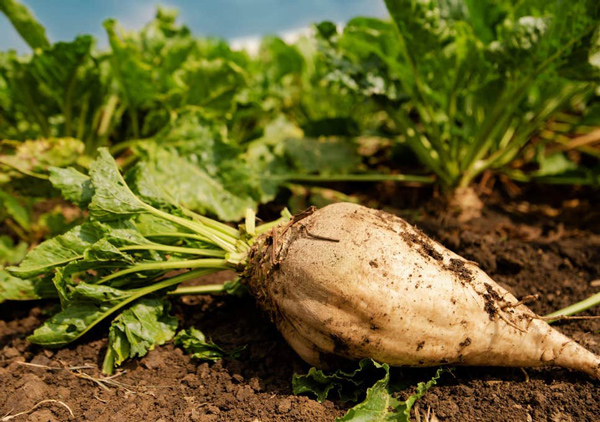Timely addition of BCN tolerant LACEWING to sugar beet Recommended List
20th March 2020
Sesvanderhave is pleased to announce the addition of its variety Lacewing, which offers tolerance to the increasing Beet Cyst Nematode menace, to the British Beet Research Organisation/ British Society of Plant Breeders Recommended List for 2020/21.
Sesvanderhave is pleased to announce the addition of its variety Lacewing, which offers tolerance to the increasing Beet Cyst Nematode menace, to the British Beet Research Organisation/ British Society of Plant Breeders Recommended List for 2020/21.
“With Beet Cyst Nematodes increasing within the UK beet crop as well as the rising threat from soil pests generally since the loss of Neonicotinoid seed treatments, this is a timely addition to the RL,” says Ian Munnery of Sesvanderhave UK.
With an adjusted yield of 100.4%, Lacewing provides growers with yields comparable to the top non-BCN varieties but with the added benefit of BCN tolerance. Critically, Lacewing is one of only three BCN recommended varieties on the list, thus ensuring growers have alternative and exceptional value genetics.

Ian Munnery of Sesvanderhave UK.
Whilst the 3 year early sown bolting data has resulted in Lacewing being recommended for sowing after mid-March; it is worth noting that in 2019 Lacewing’s early sown bolting score was only 3,732/ha compared to 6,096 /ha for Daphna and 7,035/ha for Cantona. Therefore, Mr Munnery stresses the importance of looking at data for individual years.
Lightning; another Sesvanderhave variety launched last year, is now classed as suitable for early sowing on the new RL.
“Early sowing is an important trait,” says Mr Munnery. “It enables the crop to reach 12 true leaves at the earliest opportunity and so mitigate the threat from Virus Yellows.”
Three other Sesvanderhave varieties – Vixen, Puffin and Conger – progress to PR2 on the newly published list.
“This affirmation comes as no surprise as commercial experience has shown these four to be popular varieties amongst growers and Lacewing is already proving popular,” says Mr Munnery.
Image : Independent.co.uk (not representative of Sesvanderhave variety)

